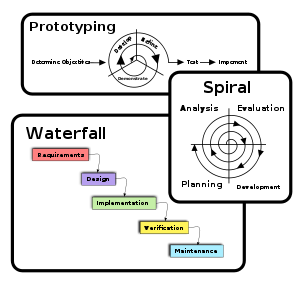July 30, 2009
What's All the Fuss About Anthropology?
by Paula Gray, AIPMM
The reason that the social science discipline, Anthropology, is gaining emphasis and focus in the business world is that someone very learned and insightful, remembered that people drive all business decisions. They took a step back from being product-focused and turned the focus to people. People buy your products, people design your products, people analyze and write about your products. People do these things - not industries, not corporations, not media, not demographic data. A person or a group of people form opinions and make these all-important decisions. This is precisely where cultural anthropology, the study of human culture, comes in. Cultural anthropology offers us a peak into the context within which all decisions are made, including buying decisions. Culture is the framework that cultural anthropology uses to create this context.
The American Anthropological Association states that "Culture represents the entire database of knowledge, values, and traditional ways of viewing the world, which have been transmitted from one generation ahead to the next -- nongenetically, apart from DNA -- through words, concepts, and symbols."
In anthropology, culture is also described as the lens through which an individual sees the world. Individuals who hail from the same cultural background will share this lens in common, even though their individual views and experiences may be different. Through this lens your product, marketing campaigns, and customer service efforts will be viewed. By understanding the common cultural lens shared by a group of people, you can better understand what they view as important, how your product fits into their lives, what traditions or taboos you may be up against or on which you can capitalize.









